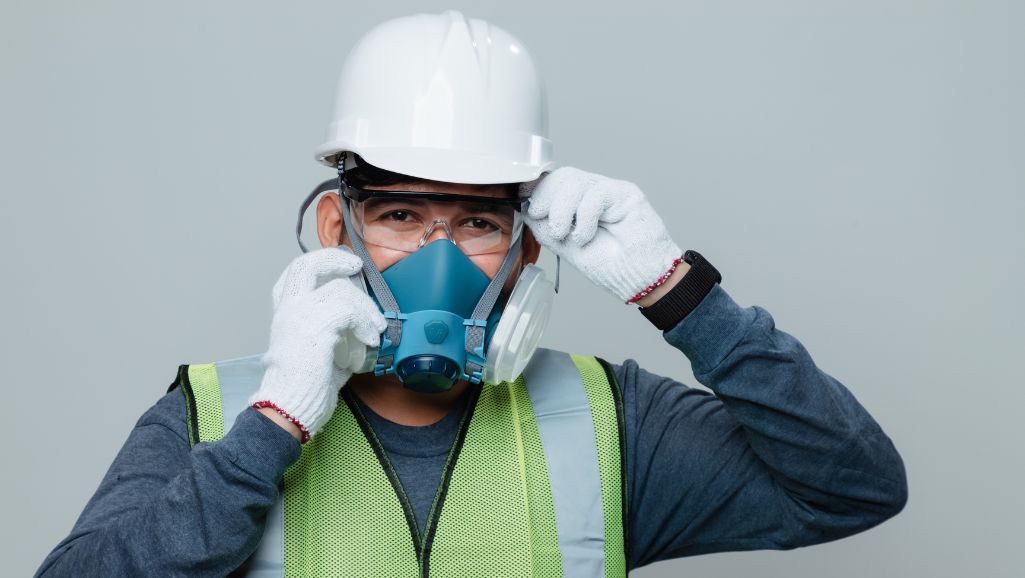 Workers' Comp Insurance is designed to help pay medical costs for workers injured while on the job. However, approximately 1.3 million business trips are taken daily in the U.S., and whether or not employees are covered under Workers' Comp when traveling can be a bit murky.
Workers' Comp Insurance is designed to help pay medical costs for workers injured while on the job. However, approximately 1.3 million business trips are taken daily in the U.S., and whether or not employees are covered under Workers' Comp when traveling can be a bit murky.
What is Pennsylvania Workers' Compensation Insurance?
"Workers' Compensation (WC) is mandatory, employer-financed, no-fault insurance which ensures that employees disabled due to a work-related injury or disease will be compensated for lost wages and provides necessary medical treatment to return them to the workforce," according to the Pennsylvania Department of Labor & Industry. "The workers' compensation system provides an 'exclusive remedy' to employers and employees and is designed to simultaneously achieve the goals of safer workplaces, prompt compensation and treatment of those it protects, and reduced litigation costs to all parties."
Failure to provide WC coverage for employees can lead to heavy fines and civil and criminal prosecution.
What is a Work-Related Injury or Disease?
"If you are injured in Pennsylvania, you are entitled to Workers' Compensation benefits if the injury occurred while you were in the course and scope of employment," one attorney explains. "However, the 'course and scope' issue is not always that simple, and in fact, is the basis for a lot of Workers' Compensation litigation."
WC claims for injuries that occur on the clock on the job site are typically relatively cut and dry. For example, if an employee is injured while using equipment at work, that is generally considered a work-related injury and covered under Workers' Comp. If an employee develops carpal tunnel syndrome after keying in data for years at work, that is probably a work-related injury covered under Workers' Comp.
That "course and scope of employment" can make WC claims a bit complicated. For example, what if an employee is injured in an accident on his way to or from an employer-sponsored event? What if an employee is injured while running an errand for their boss? Whether or not these are examples of injuries that occurred during the "course and scope of employment" thereby covered by WC is not always clear.
Typically, the following examples are covered under Workers' Comp:
- Injuries that occur when traveling between job sites.
- Injuries that occur while running an errand at the request of the employer.
- Injuries that occur while traveling to or from a training session, conference, meeting, or similar work-related event.
- When travel is an integral job duty (i.e., couriers and delivery drivers).
An injury that occurs while commuting to and from work is typically not covered by WC Insurance.
Considerations for determining if an injury occurred in the course and scope of employment:
- Did the injury occur while the employee was furthering the employer's interests?
- Who requested that a service be performed?
- Was the task being performed a regular task?
- Did the employee extend their trip for personal benefit?
- Was the employee engaging in illegal or prohibited activities?
- Was the employee engaged in activities unrelated to business?
- Was the employee driving while intoxicated?
There are many nuances courts look at when determining whether or not an injury is compensable. For example, if an employee is injured while getting lunch, they are typically not covered under WC insurance. However, they are usually covered if they also pick up lunch for the boss.
Minimizing Risk
You can't eliminate all risks to your employees, but here are some tips for minimizing the risk of injuries while traveling for work:
- Make social events optional.
- Only send employees on business trips when necessary.
- Avoid sending employees on errands.
- Limit the use of company vehicles for work only.
- If an employee is traveling internationally for work, check the laws in the country they're traveling to.
Don't Overpay for Workers' Compensation Insurance!
At American Insuring Group, we offer cost-effective worker's compensation insurance from various competing insurance companies. We'll work hard to get you the best price on quality insurance to protect your employees and business.
Call us today at (800) 947-1270 or (610) 775-3848, or connect with us online.



 Complying with OSHA’s Respiratory Protection Standard will help keep workers safe, help you avoid fines, and lower
Complying with OSHA’s Respiratory Protection Standard will help keep workers safe, help you avoid fines, and lower  Being a landlord can be financially rewarding; however, to be successful, landlords need to understand potential liability issues, take actions to prevent them, and ensure they have the right
Being a landlord can be financially rewarding; however, to be successful, landlords need to understand potential liability issues, take actions to prevent them, and ensure they have the right  Cargo theft can increase
Cargo theft can increase  When a workplace accident occurs, it’s in the employer's best interest to investigate the accident. Investigations provide many benefits, including lower
When a workplace accident occurs, it’s in the employer's best interest to investigate the accident. Investigations provide many benefits, including lower  To lower
To lower  Rental properties are an investment, and the right
Rental properties are an investment, and the right  Knowing how to prepare for and drive in any weather is crucial to lowering
Knowing how to prepare for and drive in any weather is crucial to lowering  Many businesses focus on physical health and overlook the impact mental health can have on their employees, the success of their business, and
Many businesses focus on physical health and overlook the impact mental health can have on their employees, the success of their business, and  Creating a safer worksite is every employer's responsibility and one of the best ways to save on
Creating a safer worksite is every employer's responsibility and one of the best ways to save on 



